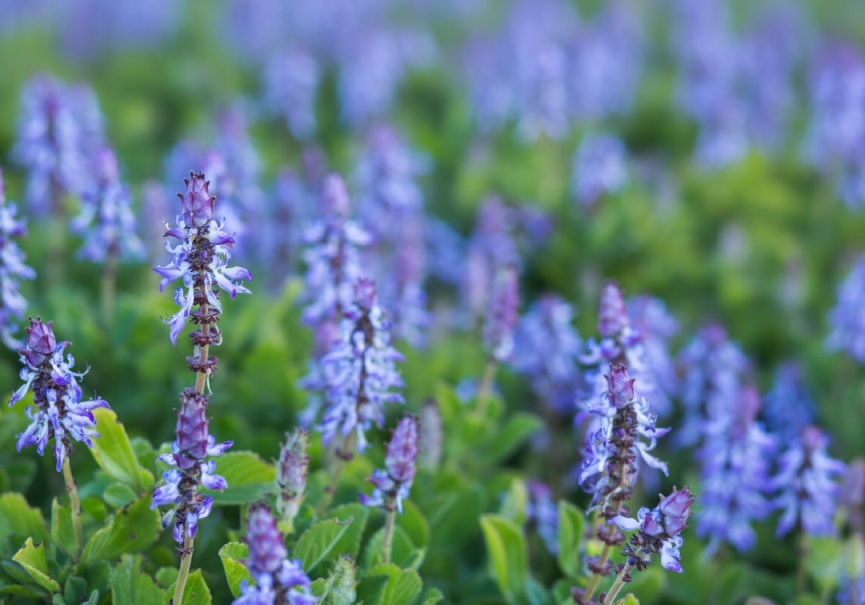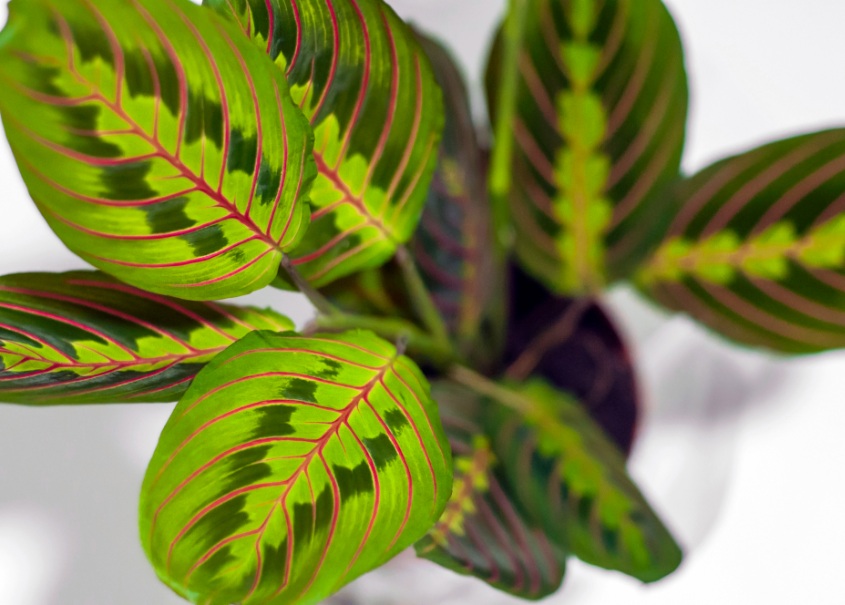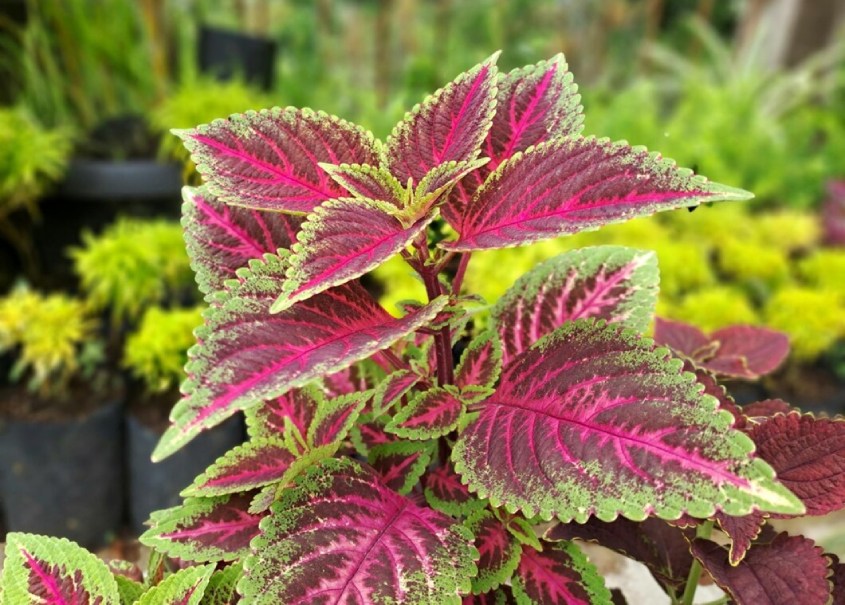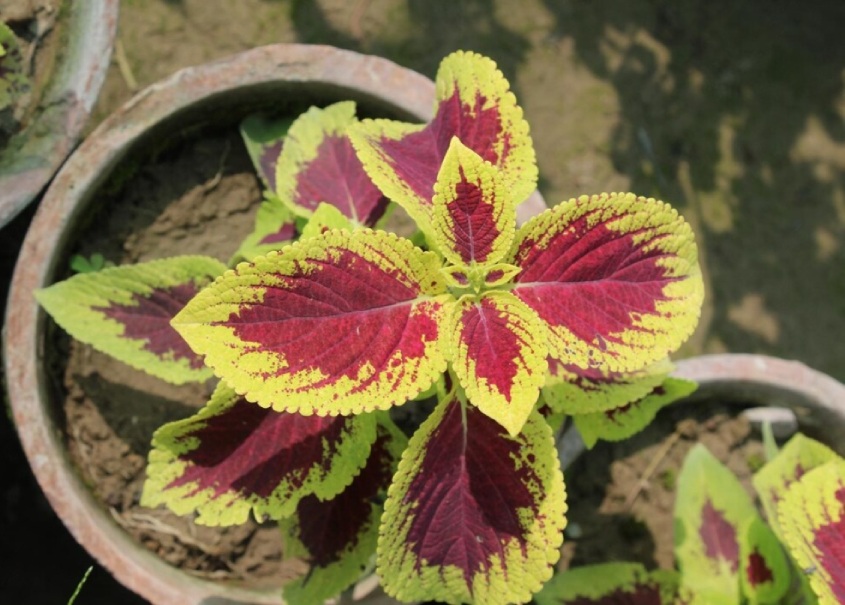Everything About Coleus Canina Plant: A Complete Gardener’s Guide

When I first saw the Coleus canina plant, I was intrigued by its nickname, Scaredy Cat plant, or even dogbane. It is often referred to as a way for gardeners to repel cats, dogs, and pests. What I learned about this plant was fascinating. This post will tell you everything about the Coleus canina plant, including its origin, growing tips, and benefits.
What is the Coleus Canina plant?
The Coleus canina (scientific name Plectranthus Caninus), a perennial tender plant that belongs to the mint family, is native to eastern Africa and southern Asia. The plant is native to southern Asia and eastern Africa. It is marketed for its unusual purpose: it’s a natural cat and dog repellent.
It is also known as the Fearful Cat Plant by gardeners, because it is thought to deter unwanted animals from flowerbeds and vegetable patches. Although the plant looks beautiful with its small leaves and light purple flowers, its most appealing feature is its strong smell.
Why is the Coleus Canina plant famous?
The Coleus canina plant emits a pungent odor when it is touched or brushed. The smell is unpleasant to humans and can remind them of skunk or urine. The idea is that dogs and cats dislike the smell so much that they avoid areas where the plant grows.
After I planted the bed, I noticed my neighbor’s cat stopped lying on that bed. In the meantime, I noticed that not all animals responded the same. Others avoided it, while some ignored it. This is why its reputation varies from garden to garden.
Appearance and Growth Habit
Although people grow coleus for its smell, it’s also a good ornamental plant.
- Leaves: Small, soft, green, and slightly sticky.
- Flowers: Pale blue or lavender flowers that usually bloom in the summer.
- Size: Spreads out nicely and reaches 12-18 inches in height. Useful as a ground cover.
It’s a great way to fill in the gaps around garden beds and add greenery. Even if its main purpose is to keep animals away, I like it.
Growing Conditions for Coleus Canina
You need to understand the plant’s growing requirements if you want it to be successful. How I take care of it:
Light: The coleus plant will grow best in partial shade to full sun. It produces more growth and odor when exposed to plenty of sunlight.
Soil: It prefers a well-draining, sandy soil. Before planting, I add compost to my soil. This helps it remain healthy.
Water: Watering at a moderate rate is best. It is best to water the plant only when it needs it.
Temperature: The coleus plant does not tolerate frost because it is so tender. If I live in a colder area, I plant it in pots to bring it inside during the winter.
How to Plant?
It is easy to plant Coleus canina. It is easier to grow young plants in nurseries than from seeds. These are the steps I take:
- Select a sunny location.
- Compost is a great way to improve drainage.
- Plant the seedlings at a distance of 12 inches.
- To settle the roots, water lightly.
When I plant them in pots, I ensure that the pots are well-drained. I can also move them around to protect certain areas from pets.
Use of Coleus canina as a repellent
This plant’s repellent properties are the main reason why gardeners use it. It worked in some cases around flowerbeds where cats would dig. The smell was strong enough to keep them away, but only if the plants were healthy.
But I quickly learned that the coleus plant isn’t a solution. Others don’t mind. This works best when used in conjunction with other methods of deterrence, such as motion sprinklers or garden fencing.
Coleus Canina: Benefits of Growing it
Even though I had mixed results with this plant, I still found that it has many benefits.
- Animal Deterrent: Reduces cat and dog visits to certain areas.
- Ornamental Value: Small purple flowers give a nice touch.
- Low Maintenance: Easy to Grow with Minimal Care.
- Container-friendly: Perfect for patios and pots
It was a plant I could use to cover problem areas with little effort.
Limitations
Setting realistic expectations is important. It’s important to set realistic expectations. Here are some limitations I’ve noticed:
- Not all of the time, the smell is strongest after touching the plant.
- Not all cats and dogs are the same.
- For a large garden, it is necessary to have several plants.
- It can be offensive to some people.
As a result, I don’t rely on it solely. Instead, I incorporate it into a larger strategy.
Plant Care
Growing Coleus canina is easy, and I love it for that reason. Here are my care tips:
- Prune: back regularly to encourage bushier development.
- Fertilizer: A balanced fertilizer every month will keep it healthy.
- Pest Control: The plant is usually pest-free, but aphids may occasionally appear.
- Overwintering: In cold climates, bring cuttings and pots inside before the frost.
Propagation
I love how easy it can be to propagate plants. I root the cuttings in soil or water in the summer, and I soon have more plants. So I don’t have to buy them every season.
Can I use Coleus Canina around pets?
The Coleus canina plant, which is used as a deterrent for animals, is not toxic. I still don’t want my pets to chew it. It’s a strong smell that usually discourages them.
Final Thoughts
What do I think of the Coleus canina plant now that I have grown it? It’s a great companion for the garden. It may not solve all problems with cats and dogs, but certain areas will be less appealing to them. It’s also an ornamental plant with flowers and greenery that is easy to grow.
Coleus canina is a great option if you’re looking for a way to deter pets from digging up your garden. Remember that it works best in combination with other methods, and you may require several plants to cover larger areas.
FAQ
1. What is the Coleus canina plant used for? Ans:- It is mainly used as a natural repellent to deter cats and dogs from gardens.
2. Does the Coleus canina plant really work? Ans:- It works for some animals but not for all. Results vary depending on the garden and the pets.
3. Why is it called the Scaredy Cat Plant? Ans:- It is believed to scare away cats due to its strong odor.
4. Is the Coleus canina plant toxic to pets? Ans:- It is not considered highly toxic, but pets should not eat it.
5. Can I grow Coleus canina in pots? Ans:- Yes, it grows well in containers and can be moved around easily.
6. How tall does the Coleus canina plant grow? Ans:- It usually grows 12–18 inches tall.
7. Does Coleus canina bloom? Ans:- Yes, it produces small purple flowers during summer.
8. How do I propagate the Coleus canina plant? Ans:- You can propagate it by stem cuttings placed in water or soil.
9. Can Coleus canina survive winter? Ans:- It is not frost-tolerant, so you need to bring it indoors or grow it as an annual in cold climates.
10. Where should I plant Coleus canina for the best results? Ans:- Plant it in sunny spots near flower beds, patios, or problem areas where pets usually enter.






